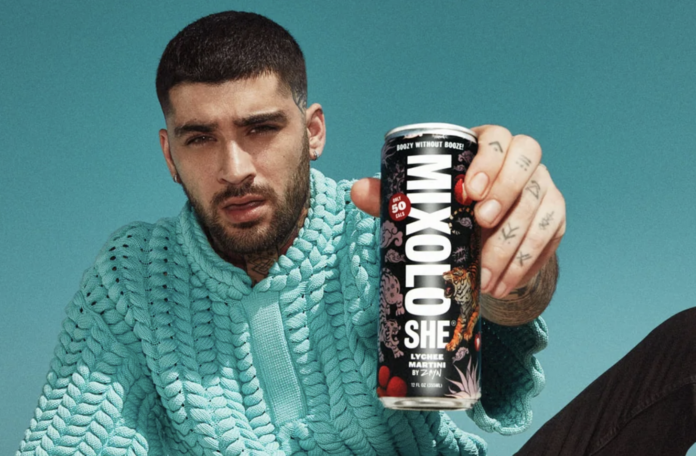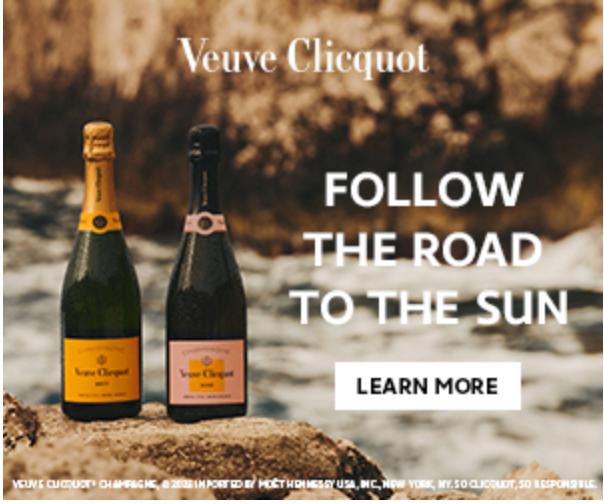Zayn Malik joins Mixoloshe as Chief Creative Officer and Co-Owner
The global superstar launches a custom Lychee Martini flavor, with a unique can design inspired by his own tattoos.
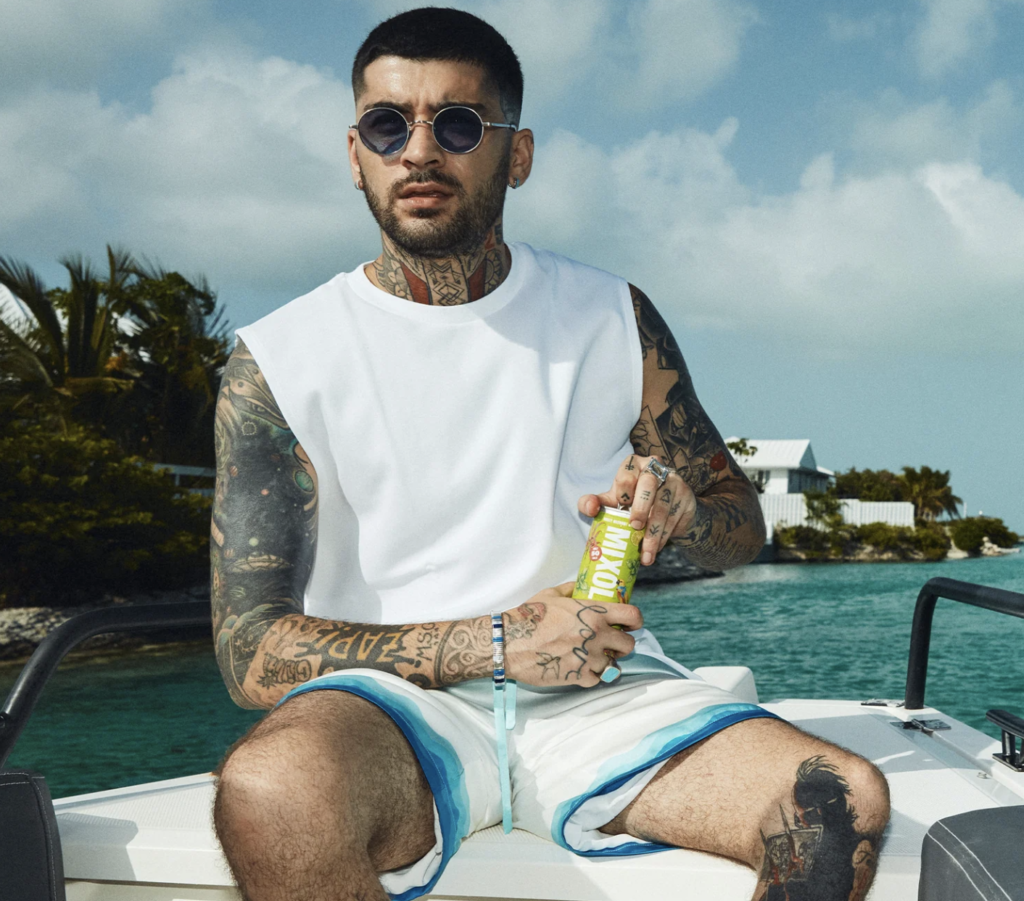
The fast-rising, award winning non alcoholic beverage brand, made with clean ingredients and nothing artificial will make its retail debut at Walmart, launching across the US with the retailer by end of October
Mixoloshe, a female founded and award winning non-alcoholic beverage brand, announces its partnership with celebrated award-winning artist and entrepreneur Zayn Malik, who has joined the company as the Chief Creative Officer (CCO) and Co-Owner.
The partnership will center around reshaping the narrative of the non-alcoholic beverage industry, as well as deep creative collaboration on marketing initiatives and upcoming flavor launches.
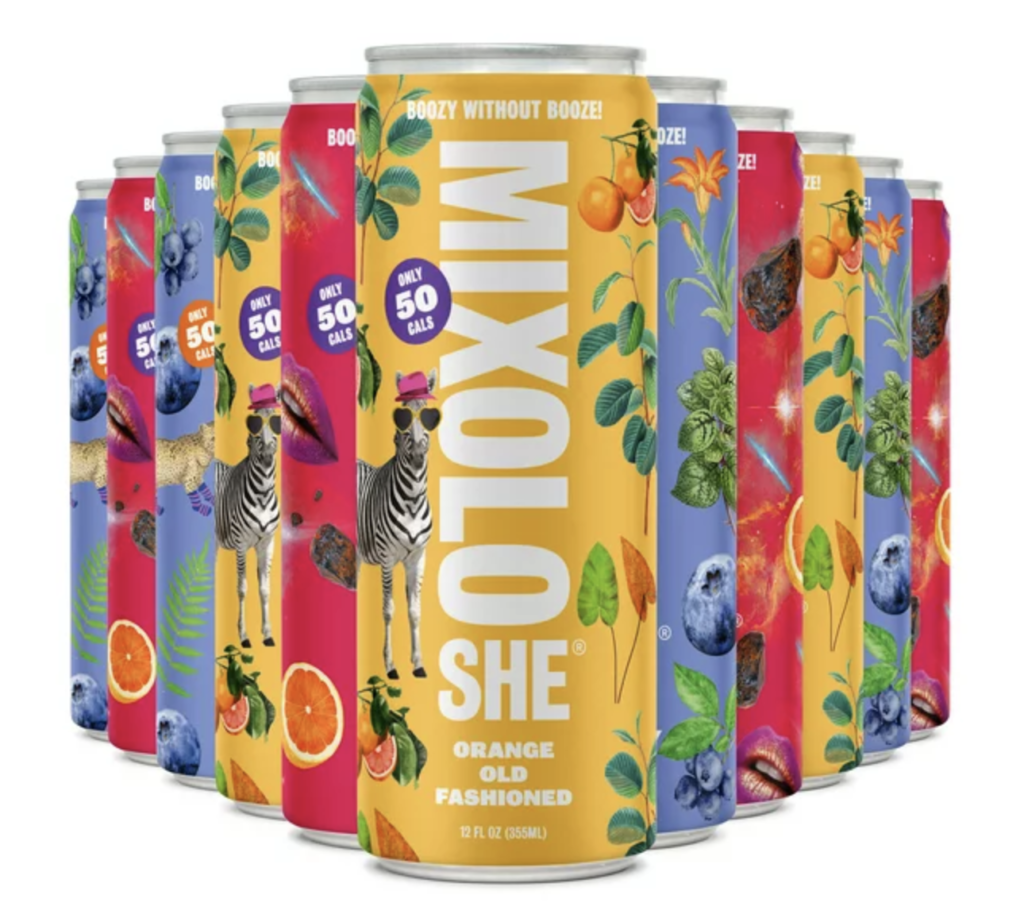
Additionally, Mixoloshe will launch in 500 Walmart stores across the country, marking the brand’s anticipated retail debut.
Zayn’s first flavor launch is a non-alcoholic Lychee Martini, a refreshing and exotic drink, that is sweet, floral, and slightly tropical. The can design is also captivating and unique, featuring replica illustrations of his own most beloved tattoos.
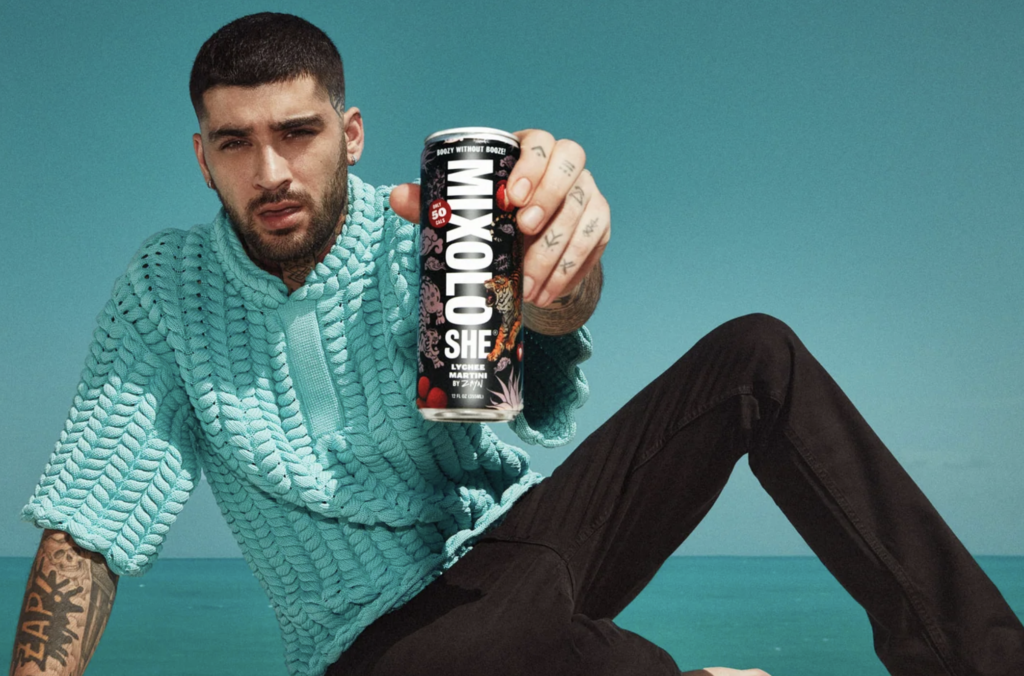
Mixoloshe was founded in 2022 to redefine the booming non-alcoholic drink category with a clean, alcohol-free take on cocktails and premium spirits that taste like the real thing.
Their collection offers a non-alcoholic range of popular cocktails, such as a Mojito, Old Fashioned, Gin & Tonic, and Margarita, as well as non-alcoholic Tequila, Whisky, and Gin, all made with real ingredients, and low in sugar, calories.
Mixoloshe’s soft seltzers and non-alcoholic spirits have been recognized globally as best in class, and in 2023 they were honored with the Bartenders Spirits Gold Award, Ascot Award Gold for Taste, and the SIP Awards in Gold, Silver, and Bronze, to name a few. Their collection includes 8 canned non-alcoholic cocktail varieties, including the newly launched Lychee Martini flavor, and three bottled non alcoholic premium spirits.
“The non-alcoholic beverage market is ready for disruption, which can create immense growth potential. We see consumers already shifting preferences towards healthier and alcohol-free alternatives, which provides an opportunity for a brand like MIXOLOSHE to redefine this industry. I could not be more excited about the chance to make some noise in the category of non-alcoholic beverages and build one of the most talked about drinks in the world.” – Zayn Malik
“Zayn is a creative visionary both in music and beyond. His passion for innovation and his ability to captivate audiences will undoubtedly help us redefine the narrative around the non alcoholic beverage category, with a fresh perspective on making healthy lifestyle choices and living well, irrespective of your beverage preferences,” said Kristina Roth, MIXOLOSHE Founder and CEO. “I’m looking forward to working alongside him and shaping a future for this category where the glass is always half full of possibilities.”
Soft seltzers are available in a 12 pack, and retail for $29.99. Non-alcoholic spirits are available in a 750 ml bottle and retail for $29.99.
For more information, please visit: mixoloshe.com.
Mixoloshe is a female-founded line of non-alcoholic seltzers and spirits that are formulated to taste and smell boozy without the booze. Whether you’re booze-free forever or just for the night, these drinks are the perfect inclusive answer to an age old question—what are we drinking? High in flavor and low in calories, MIXOLOSHE packs a party into every can of soft seltzer and bottle of non-alcoholic spirits. With a mission and ingredients that are anything but fake, the brand offers booze-free cocktail alternatives that taste like the real thing. Party tonight with no regrets tomorrow.


